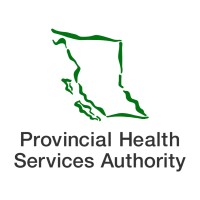
Johnson & Johnson
At Johnson & Johnson, we believe health is everything. As a focused healthcare company, with expertise in Innovative Medicine and MedTech, we’re empowered to tackle the world’s toughest health challenges, innovate through science and technology, and transform patient care. All of this is possible because of our people. We’re passionate innovators who put people first, and through our purpose-driven culture and talented workforce, we are stronger than ever. Learn more at https://www.jnj.com. Community Guidelines: http://www.jnj.com/social-media-community-guidelines






